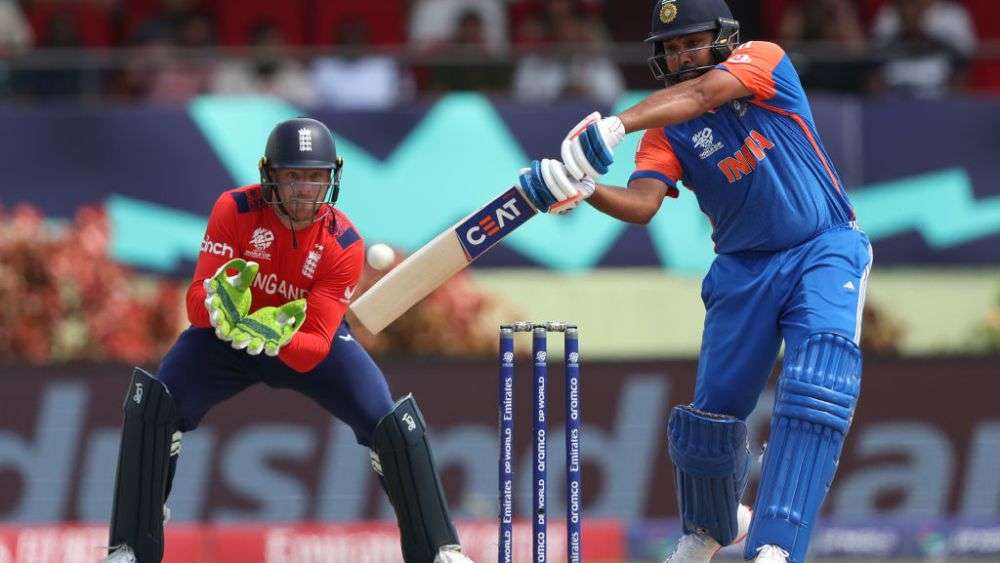The Indian entertainment landscape is set for a monumental shift! The Competition Commission of India has given the green light to the proposed merger between Reliance Industries Limited (RIL) and the entertainment arm of The Walt Disney Company (TWDC) in India. This merger, originally announced in February, will see the entertainment operations of Viacom18, a key entity under Mukesh Ambani’s RIL umbrella, combine with Disney’s Star India Private Limited (SIPL). Post-merger, SIPL will emerge as a joint venture held by RIL, Viacom18, and existing TWDC subsidiaries.
RIL, led by billionaire Mukesh Ambani, enriches the merger with its robust media and entertainment assets, including TV broadcasting, JioCinema, advertising sales, merchandising, and film production. On the flip side, SIPL contributes its television broadcasting arm, rich content production capabilities, Disney+ Hotstar streaming platform, and a dynamic advertising business. Additionally, Star Television Productions Limited, a British Virgin Islands-based Disney entity, is also in the mix.
While the regulator has not disclosed the specifics of the required modifications, concerns were raised about the new company’s dominance over cricket broadcasting rights—a significant driver of viewership and revenue in India. Notably, Disney and RIL previously competed fiercely for the multi-billion-dollar broadcasting rights for the Indian Premier League (IPL), highlighting the stakes involved in cricket media rights.
Earlier in the year, the National Company Law Tribunal had already given its nod, allowing both companies to convene a shareholder meeting where 75% approval from participants will be crucial for the deal’s consummation.
The merger is poised to reshape the competitive dynamics of Indian media. The combined entity will boast an impressive array of 120 TV channels and two dominant streaming services. This will significantly enhance its competitive stance against major rivals like Sony, Zee Entertainment, Netflix, and Amazon, while commanding a substantial share of TV and streaming advertising—estimated by Reuters at around 40%.
What are your thoughts on this landmark merger? Do you think it will change the face of Indian entertainment and streaming services? Share your thoughts in the comments and don’t forget to spread the word about this exciting development!
Source: Naman Ramachandran



